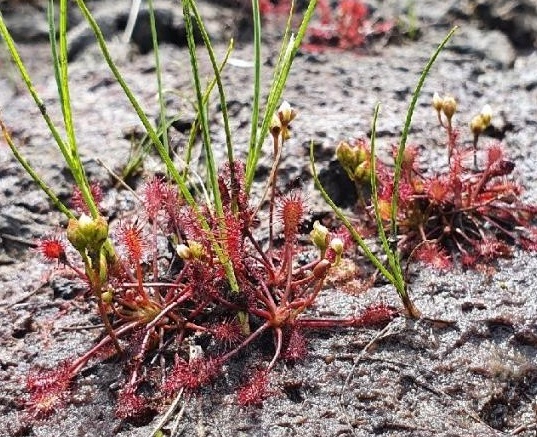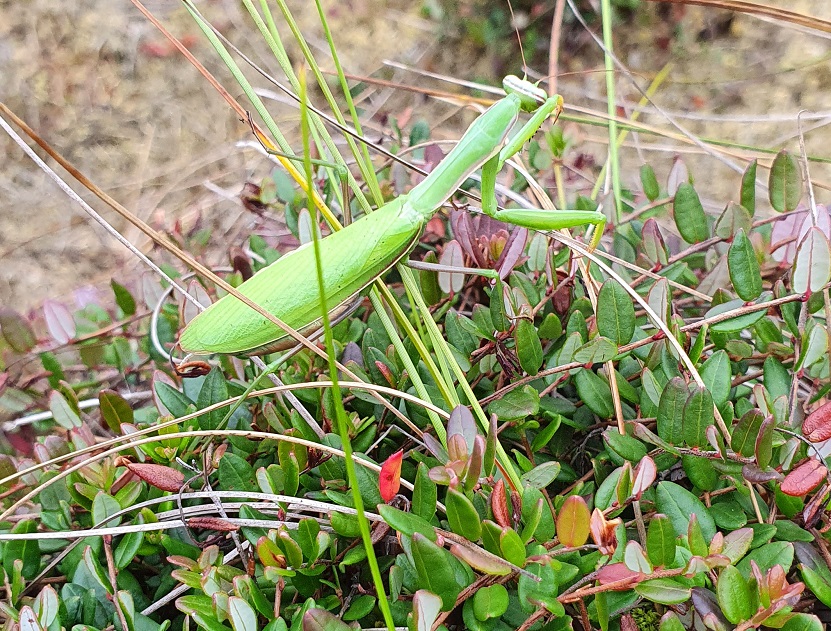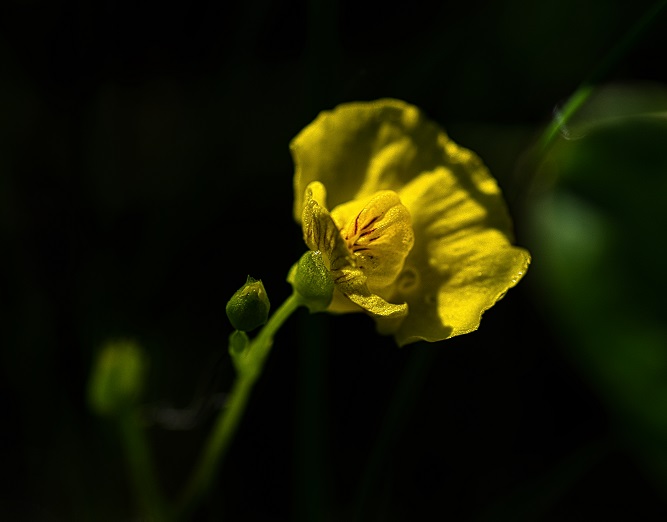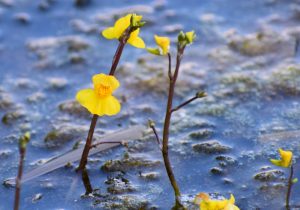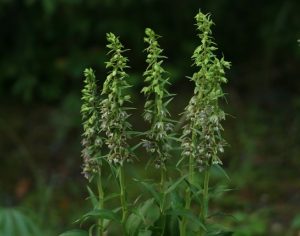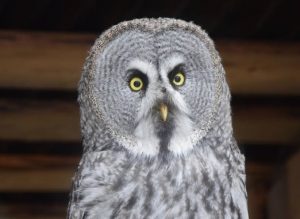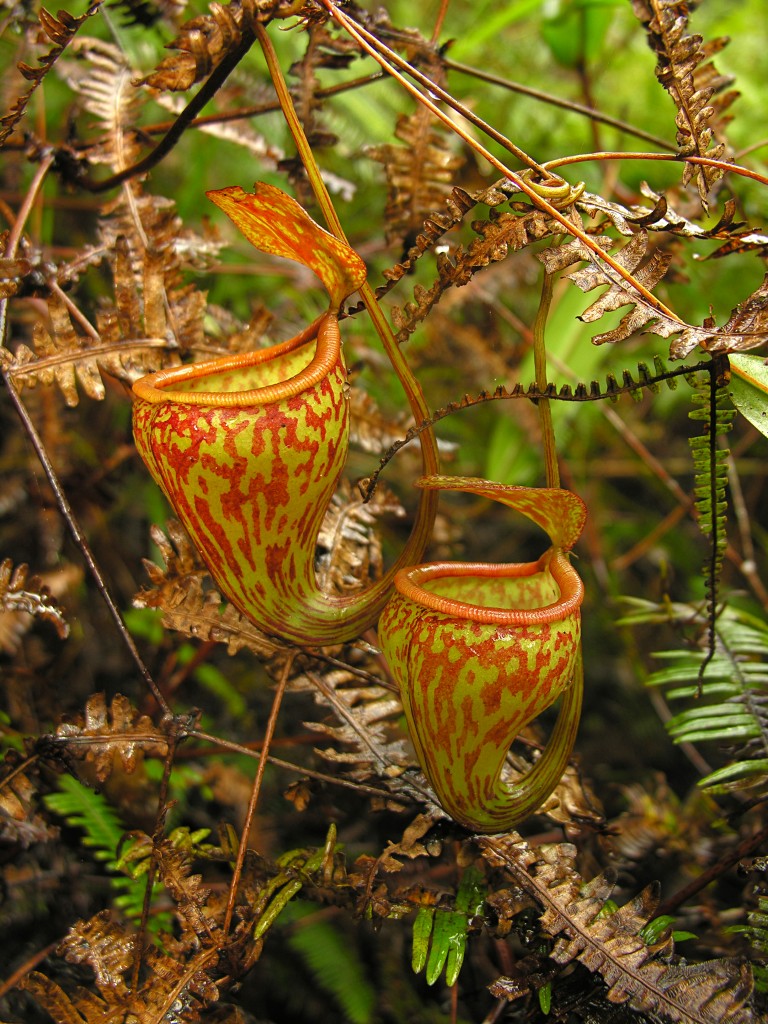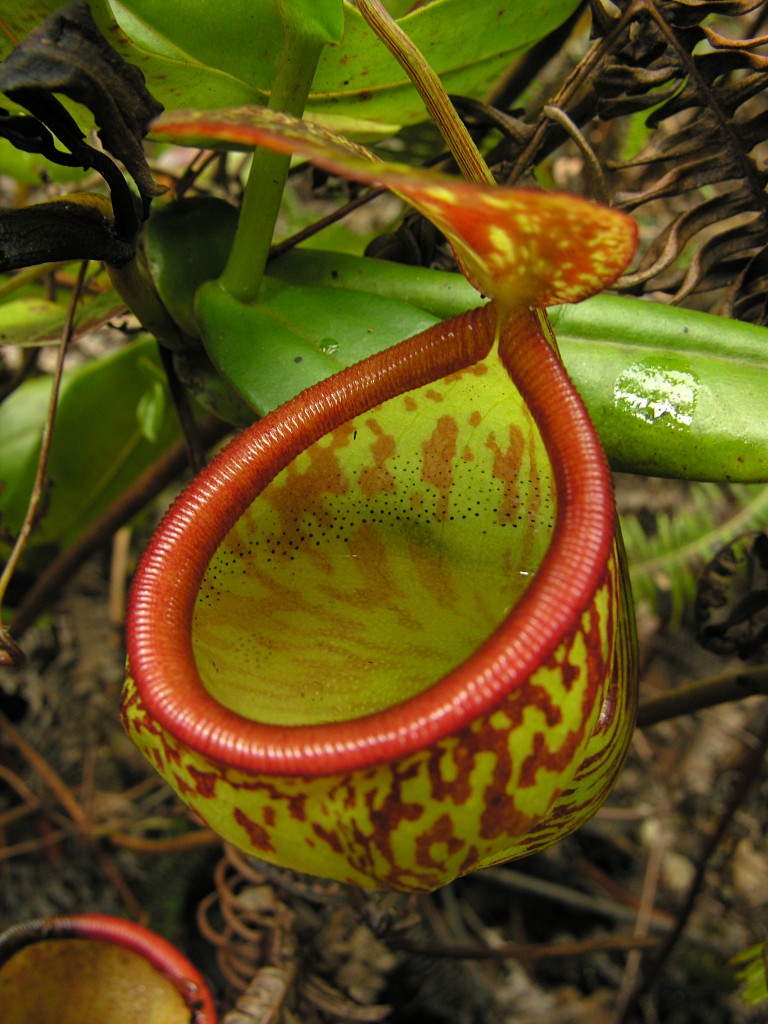In September 2006, Jonathan Newman, a British wildlife enthusiast, travelled across the Lore Lindu National Park in Central Sulawesi studying the birdlife of that beautiful part of Indonesia. During his travels, Jonathan observed and photographed a single, strange, pitcher plant growing on the edge of a forest in a remote part of the national park. He returned to Britain, and several months later, posted photographs of the plant on the internet in an effort to identify it. By chance, I observed Jonathans photographs, and it was immediately clear that the plant which he had encountered might represent a new species of pitcher plant (Nepenthes), for it differed in all respects from all other recognized species known at that time.
Even though Jonathan had observed the plant growing in a remote area of Lore Lindu, I set out to travel to Sulawesi, and during August 2007, I arrived in Poso with a friend and fellow wildlife enthusiast, Greg Bourke. After we received permits to enter the Lore Lindu National Park, we followed Jonathan’s records of where he had observed the plant and traced his footsteps using the guidance which he had kindly given us. After searching extensively, we eventually found the exact location which Jonathan had visited a year earlier, and we finally found the exact plant which Jonathan had originally photographed. Indeed, only one living specimen of Jonathan’s strange pitcher plant was to be found, despite my efforts to find more by climbing three mountains nearby. Still today, only the same plant is known, but despite this striking rarity, it is resoundingly clear that the plant Jonathan discovered represents a new species of pitcher plant, and it has recently been named Nepenthes pitopangii ined, after Dr. Rahmadanil Pitopang, curator of the herbarium of Universitas Tadulako, who collected the first herbarium specimens of this species.
The only known living N. pitopangii specimen is a large, male plant that consists of many branched stems up to 2 m long that emanate from a single rootstock. The plant grows in dappled shade amidst tall, shrubby vegetation at the edge of a lower montane forest. The stems scramble and climb through surrounding vegetation and flower frequently, but whether this habit is typical for this species cannot be determined until further populations of N. pitopangii are discovered and its usual habitat identified. Since the only known specimen of N. pitopangii grows in logged forest, it is possible that it grew from a stray seed, establishing itself before the surrounding forest regenerated, preventing any further stray seed from surviving much beyond germination.
This plant produces narrow leaves up to 15.6 cm long and 3.4 cm wide. The leaf blade is bright green, and the stem is dark red or purple with minute green spots. The upper pitchers of this unique plant develop abundantly from the ends of the leaves, borne on narrow tendrils. Each upper pitcher is wholly funnel shaped, up to 4.5 cm tall and 3.7 cm wide, narrowing slightly just below the mouth. The peristome which runs around the edge of the mouth of each pitcher is cylindrical, and lined with faint ribs. The little traps are covered with a roundish, flat lid which keeps out the rain and prevents the pitchers from becoming top heavy and toppling over.. The traps of this plant are beautifully coloured. The exterior is bright yellow or yellowish orange, mottled dark orange or red blotches that are elongated towards the base of the trap and continue up the tendril towards the leaf for a number of centimetres. The interior of the pitcher is light yellow and the peristome is dark orange or red, often with a darker inner margin.
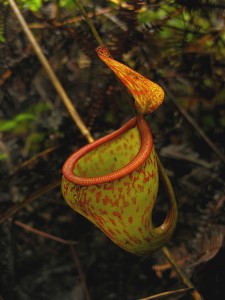 Even though the pitchers of N. pitopangii are similar to other species of pitcher plants from Indonesia, it is unlikely that this taxon represents a natural hybrid since it does not display close morphological similarity to any of the Nepenthes species with which it grows sympatrically. All natural hybrids of Nepenthes recorded to date bear some obvious similarities to either parent, but although N. pitopangii is found growing with N. maxima and N. tentaculata, it has little in common with either of these pitcher plants. Indeed, the only other species of Nepenthes with which N. pitopangii seems to be closely related to is N. glabrata, a Sulawesi endemic. Nevertheless, the nearest known N. glabrata populations are over 50 km distant from the type locality of N. pitopangii, and this plant profoundly differs in many respects making it impossible that the two species could be confused in the wild.
Even though the pitchers of N. pitopangii are similar to other species of pitcher plants from Indonesia, it is unlikely that this taxon represents a natural hybrid since it does not display close morphological similarity to any of the Nepenthes species with which it grows sympatrically. All natural hybrids of Nepenthes recorded to date bear some obvious similarities to either parent, but although N. pitopangii is found growing with N. maxima and N. tentaculata, it has little in common with either of these pitcher plants. Indeed, the only other species of Nepenthes with which N. pitopangii seems to be closely related to is N. glabrata, a Sulawesi endemic. Nevertheless, the nearest known N. glabrata populations are over 50 km distant from the type locality of N. pitopangii, and this plant profoundly differs in many respects making it impossible that the two species could be confused in the wild.
Unfortunately, because only a single plant of N. pitopangii has been discovered, this newly described species is at extreme risk. Since Nepenthes plants are of a single sex, and therefore two different plants are required to reproduce, the only known N. pitopangii population cannot produce seed and may eventually die out. It is extremely likely that more populations of N. pitopangii exist, but until Central Sulawesi is extensively explored by botanists and more plants of this beautiful species are discovered, it is impossible to assess the natural abundance of this plant in the wild. Unfortunately, even though the only known plant grows in a remote part of Lore Lindu National Park, its future there is not secure. After initially studying the plant in 2007, I returned in 2008 only to find that it had been cut down by almost half of its original size, presumably by selfish and thoughtless Nepenthes enthusiasts wishing to take cuttings. It would be a great loss both to Sulawesi and Indonesia if this beautiful pitcher plant disappears altogether from the wild due to poaching, especially at a time when no other specimens of this species are known to exist.
More information on N. pitopangii is presented in Stewart McPherson’s new series of books entitled Pitcher Plants of the Old World available from www.redfernnaturalhistory.com.
Stewart McPherson
